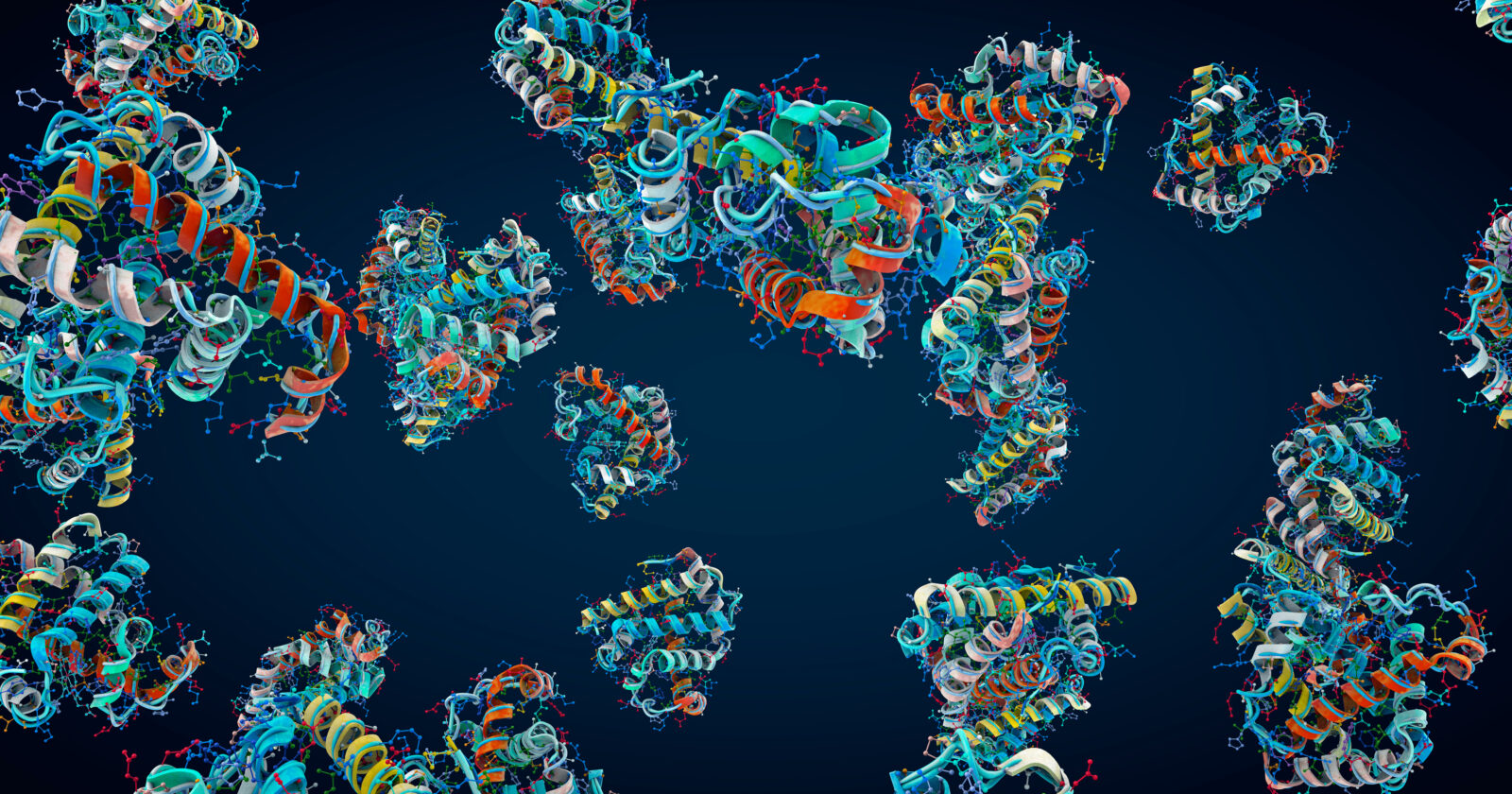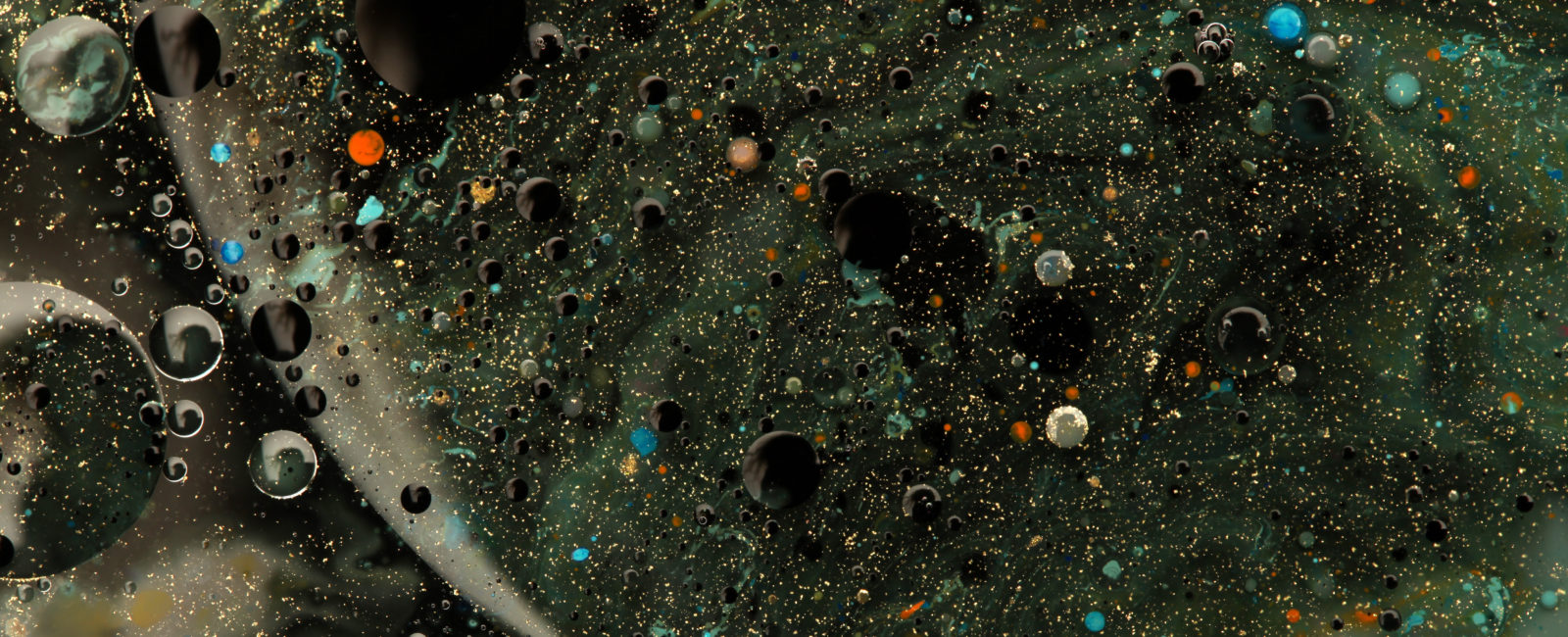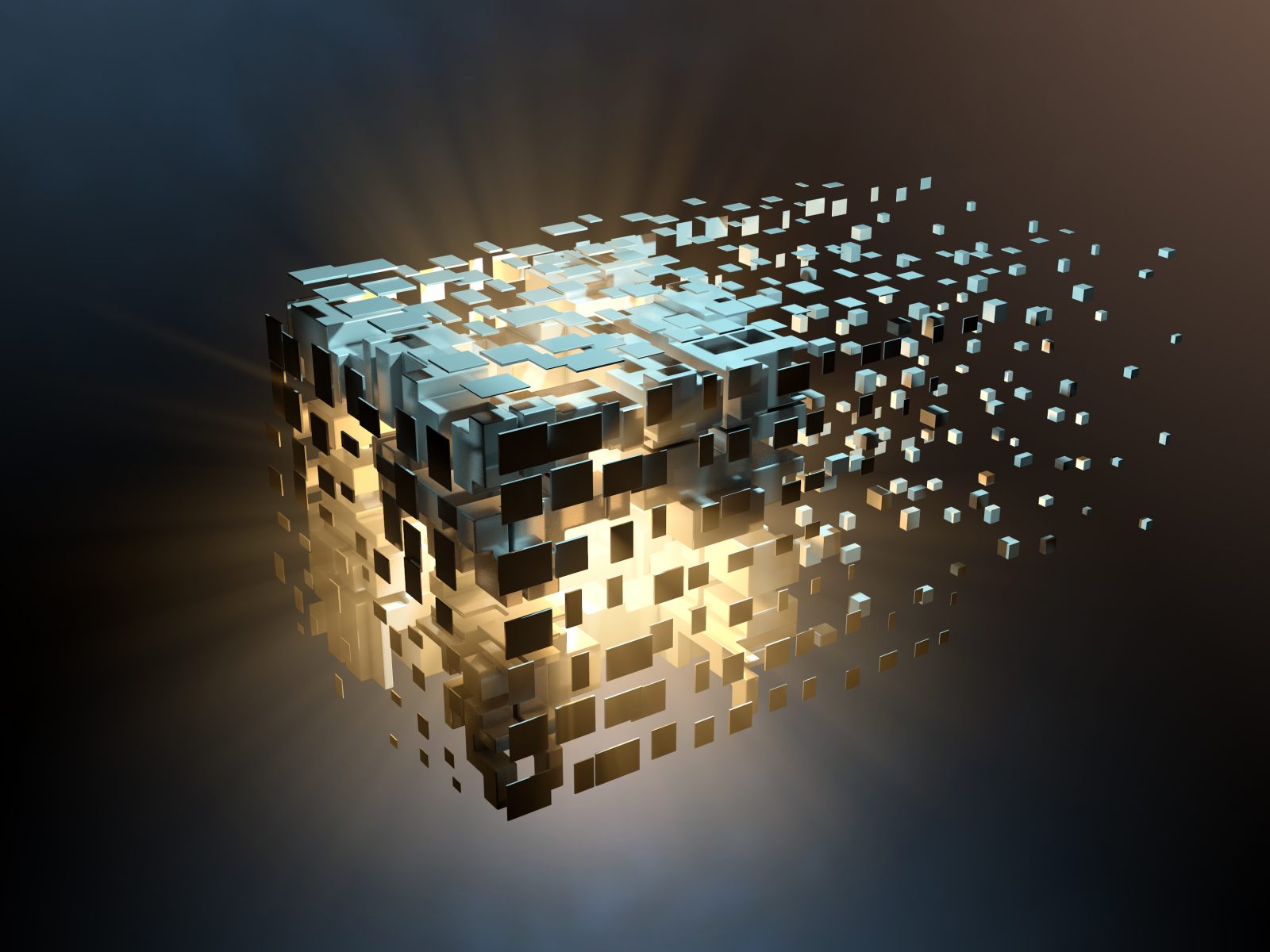


Protein Evolution, The Waiting Times Problem, and the Intriguing Possibility of Two First Parents

Casey Luskin Talks Intelligent Design and Cultural Renewal on the Dr. Jeff Show

Behe: Bacteriophage—The New Poster Child for Darwin’s Doom
On today’s ID the Future, Lehigh University biologist Michael Behe argues that Darwinism was built on a foundation of ignorance. Through no fault of Darwin’s, neither he nor anyone else in his day had a clue about the nature of cellular life and biological information, says Behe. Even the biologists of the Neo-Darwinian synthesis in the first half of the twentieth century were fairly clueless about the foundation of life, Behe says. When researchers did finally begin to unravel the sophisticated foundations of life, earlier notions of how evolutionary processes might have invented the great diversity of life forms on earth were exposed as causally inadequate. Behe says that in fact all the attempts to rescue the idea of mindless macroevolution have been exposed as inadequate by our growing understanding of molecular biology, but evolutionary theory blithely sails along anyway, thanks to institutional inertia. A key defeater of the theory, Behe says, is captured by his concept of irreducible complexity. He explains the idea with a simple illustration, a mousetrap, and then applies it to a marvelous molecular machine that researchers have only recently come to appreciate, the Escherichia virus T4 bacteriophage. As he argues, this bacteriophage powerfully bespeaks the purposeful arrangement of parts, rather than mindless evolutionary processes. The occasion for his conversation with host Casey Luskin is his contribution to the recent Harvest House anthology, The Comprehensive Guide to Science and Faith. Image Credit: Dr. Victor Padilla-Sanchez: Atomic structural model of bacteriophage T4 in UCSF Chimera software using pdbs of the individual proteins.

How Universal Common Descent Survives Failed Predictions
On today’s ID the Future, philosopher of biology Paul Nelson discusses his chapter in a recent Harvest House anthology edited by host Casey Luskin, The Comprehensive Guide to Science and Faith. Nelson says the theory of universal common descent, a key component of modern evolutionary theory, has generated multiple predictions that have failed. The prediction he discusses here is that there would turn out to be a single universal genetic code, since that’s what we should expect if all life on earth is descended from the last universal common ancestor (LUCA). Findings over the past three decades have proven that prediction spectacularly wrong. How does the theory of universal common descent shrug off this contrary empirical finding? The trick for LUCA in this and similar cases is to shift blame for failure to an ancillary theory. It’s a clever move, says Nelson, but it comes at a cost.

A New Flaw in the Miller-Urey Experiment, and a Few Old
On today’s ID the Future, biologist Jonathan Wells and host Eric Anderson discuss a recently discovered problem with the famous Miller-Urey experiment, long ballyhooed in biology textbooks as dramatic experimental evidence for the naturalistic origin of life. The newly uncovered problem involves the glassware used in the experiment. It is an interesting finding, but as Wells explains, it is far from the first problem discovered with the experiment, nor the most serious one. While biology textbooks often present the 1952 experiment by Stanley Miller and Harold Urey as a key icon of evolution, even those origin-of-life researchers who hope to one day to discover a credible naturalistic scenario for the origin of the first living cell concede that the experiment at the University of Chicago failed in crucial ways to mimic Earth’s early atmosphere, and fell short in multiple other ways. The various challenges, Wells explains, are each alone sufficient to elicit a healthy skepticism toward the whole prospect of a designer-free origin of the first living cell. For more in-depth analysis, check out Wells’s chapter in the 2020 revised and expanded The Mystery of Life’s Origin: The Continuing Controversy, along with the other chapters in the book.

Casey Luskin on Why Intelligent Design is Worth Defending
Today’s ID the Future spotlights The Comprehensive Guide to Science and Faith. Host Eric Anderson interviews one of the anthology’s co-editors and contributors, geologist Casey Luskin. The two focus on just one of Luskin’s contributed essays, one that addresses two primary questions: Is intelligent design true? And is it worth expending the energy to defend it against powerful opposition? Luskin answers both questions in the affirmative, and explains why he sees the new anthology as a great resource in the cause of intelligent design.

Life: Fearfully and Wonderfully Fine Tuned
Today’s ID the Future spotlights the incredible fine tuning of life. Robert J. Marks hosts Stockholm University professor of mathematical statistics Ola Hössjer and University of Miami population geneticist Daniel Díaz. The three discuss strategies for extending the concept of fine tuning to biological systems, and along the way touch on population genetics, entropy, and probability theory. At the center of the discussion are three technical papers—here, here, and here—each co-authored by one or more of the three members of today’s podcast discussion. This episode is reposted with permission from Mind Matters News, a website of Discovery Institute’s Walter Bradley Center for Natural and Artificial Intelligence. Head over to their podcast site to find the other episodes in this interview series.

Michael Behe and Cilia 3.0 … or, Irreducible Complexity Cubed
On today’s ID the Future, author and biologist Michael Behe discusses with host Andrew McDiarmid how the once seemingly humble cilium is actually even more irreducibly complex than Behe suggested in his ID classic Darwin’s Black Box—and indeed, even more complex than his review of cilia in his update in 2007. At the time Behe described cilia as “irreducible complexity squared.” But as noted in a recent article at Evolution News, even more layers of sophistication in cilia and their Intraflagellar Transport (IFT) system have now been discovered. So, does that mean we are now looking at irreducible complexity cubed? Listen in as Behe and McDiarmid revel in the engineering sophistication of this fascinating molecular machine, and discuss why, more than ever, it appears to point away from any form of mindless evolution for its cause.

Brian Miller on Life, Thermodynamics and Jeremy England
In today’s ID the Future physicist Brian Miller discusses fellow physicist Jeremy England’s book Every Life Is on Fire: How Thermodynamics Explains the Origin of Living Things. Has England made a significant step toward solving the mystery of how life first began? In Miller’s conversation with host Eric Anderson, he argues that while England’s laboratory work is fascinating and innovative, what’s happening in his experiments differs dramatically from what is required of even the simplest life, so much so that the experiments do not shed the kind of light on the mystery of life’s origin that some may hope they do. Moreover, life does certain crucial things with energy that are unknown outside of the biological realm, Miller says, and without those processes available to prebiotic chemicals, it is far from clear how they could ever assemble into the molecular biological machinery essential for the first self-reproducing biological entity.